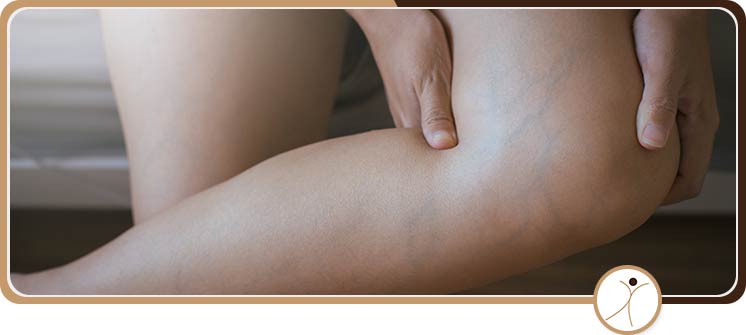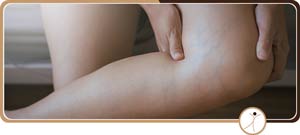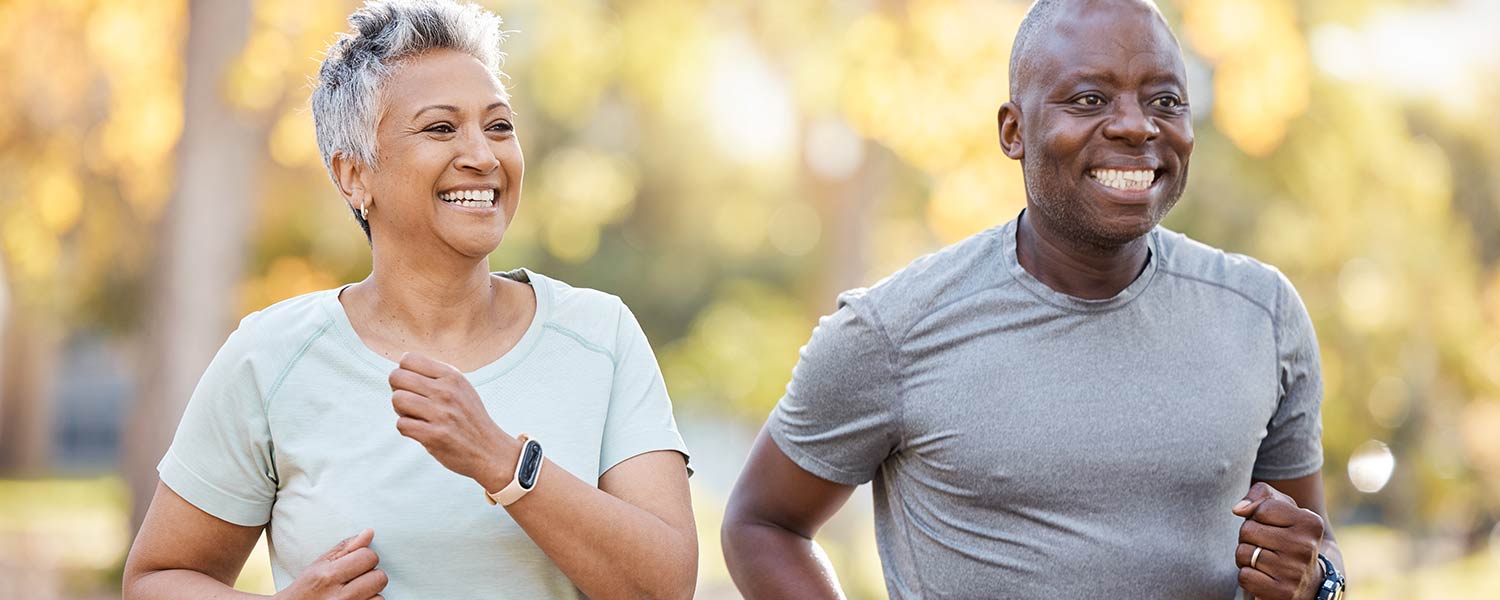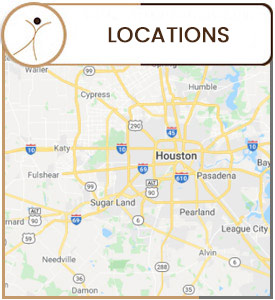RSD Specialist in Houston TX
Patients who suffer from RSD experience deep, aching pain in the nerves, arms or legs, back, feet, or hands. Visit Dr. Atallah, DO, today for compassionate and comprehensive care. Modern Pain Management offers personalized treatment options designed to address the unique needs of each patient. Call us today or visit us online to book an appointment. We are conveniently located at 902 Frostwood Dr #235, Houston, TX 77024.


Table of Contents:
What causes RSD?
Is RSD curable?
What triggers RSD?
What are the stages of RSD?
Is RSD a neurological disorder?
Usually occurring in the arm or leg after an injury, stroke, or heart attack, reflex sympathetic dystrophy syndrome (RSD) causes lasting pain. In most cases, however, the resulting pain is worse than the original injury. Despite not knowing the cause, doctors can treat many cases.
Your sympathetic nervous system may be responsible for RSD pain. Your sympathetic nervous system regulates your heart rate and blood pressure by controlling blood flow movements. Blood vessels shrink when your sympathetic nervous system sends signals to prevent excessive bleeding at the injury site. Blood is later allowed to reach damaged tissues by opening them again.
When you have RSD, your sympathetic nervous system receives mixed signals. An injury triggers its activation, but it does not turn off again. You will experience pain. You will experience pain and swelling. It is possible to develop RSD without an injury, but it is less common. RSD tends to develop more commonly in women than in men. It usually appears between the ages of 30 and 60, but it can also occur in children.
The key to treating RSD is early detection. You’re more likely to succeed with treatment if you catch it early. There are some cases of RSD that don’t respond to treatment. The symptoms of RSD cannot be cured, but it is possible to recover from many of them.
RSD is treated in a variety of ways. Symptoms may be relieved and treated with certain interventions and medications. Physical therapy and psychotherapy can also be used to reduce RSD’s effects. Treatment may dramatically improve your condition, but some people must learn how to manage their symptoms.
The sympathetic nervous system and the immune system malfunction as a result of nerve damage in RSD. Approximately 200,000 Americans are affected by it each year. Your brain receives excessive signals of pain from the affected area because the damaged nerves misfire.
Ninety percent of people with CRPS can trace the cause of their condition to their medical history, according to the National Institute of Neurological Disorders and Stroke. Typically, RSD is triggered by an injury.
RSD symptoms may appear suddenly or gradually. It is possible that your pain will get worse over time. You may not realize there is anything abnormal about the pain you are experiencing initially. Usually, RSD affects your arm, shoulder, leg, or hip. The pain usually spreads beyond the site of the injury. It is possible for symptoms to affect other parts of your body as well.
Symptoms of RSD can include skin that is red or swollen around the injury, as well as skin that is warm to the touch. There is typically severe and constant pain associated with RSD, which can be described as throbbing, deep, burning, aching, or cold. It is also possible for the skin to be sensitive to things that normally do not cause discomfort, like putting on clothes.
It is possible that not all features of the condition will be shown. Up to half of the people with RSD have bilateral symptoms (affecting both sides of the body). RSD has several stages.
Symptoms of acute RSD include burning, flushing, blanching, sweating, swelling, pain, and tenderness. Early X-ray changes can show patchy bone thinning at this stage. In dystrophic RSD (3 to 6 months), the skin develops thickened patches with contracture, with persistent pain, but diminished swelling. As a result of atrophic RSD, the involved hand or foot loses motion and function, contracts (flexed scarring process), and the fatty layers under the skin are thin. Osteoporosis can be detected by X-ray at this point.
Clinically, RSD manifests as pain, edema of the skin and subcutaneous tissues, appendages of skin and subcutaneous tissues, abnormal regulation of blood flow and sweating, and active and passive movement disorders. The hypothesis that RSD is primarily a central nervous system disease has been put forward based on clinical observations and various studies.
Treatment for RSD is available at Modern Pain Management. We are conveniently located at 902 Frostwood Dr #235, Houston, TX 77024. For more information, please call us or book an appointment online. We serve patients from Houston TX, Sugar Land TX, Pearland TX, Jersey Village TX, Missouri City TX, Stafford TX, and Richmond TX.
ADDITIONAL SERVICES YOU MAY NEED




